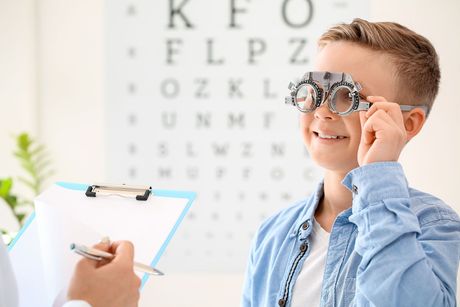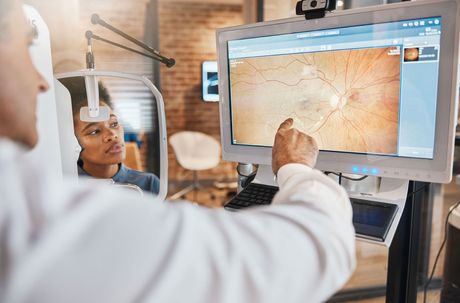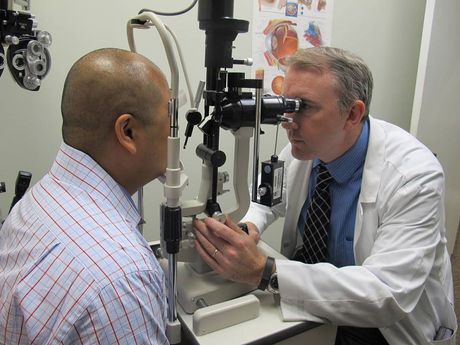Services
★ ★ ★ ★ ★ ★ ★ ★ ★ ★ ★ ★ ★ ★ ★ ★ ★ ★ ★
Comprehensive Eye Exams
Contact Lenses
We provide comprehensive cornea and contact lens care. After an eye examination we evaluate your eyes and determine which type of contact lens will best suit your individual needs. We prescribe all major brands of soft and ridged contact lenses. Additionally, we prescribe custom designed contact lenses for special needs as well as special eye problems.

★ ★ ★ ★ ★ ★ ★ ★ ★ ★ ★ ★ ★ ★ ★ ★ ★ ★ ★

Pediatric Vision Care
Vision in the broadest sense, is the global ability of the brain to extract, process and act on information presented to the eye. This complex process can be thought of as three major but related areas: visual acuity, which is largely dependent upon refractive status and eye health; visual efficiency skills, representing eye focusing, teaming, and tracking skills; and visual information processing, representing the ability to recognize and discriminate visual stimuli and to interpret them correctly based upon previous experience. Every examination, we provide for children, regardless of the child's age, has these thoughts in mind.
Many vision problems can be corrected more easily with early diagnosis and treatment. Reports have estimated that up to 25% of students in grades K – 6 have vision-related problems, which may contribute to poor school performance. The visual system matures rapidly during the first few years and it is important to identify any problems that may interfere with normal vision development.
A comprehensive eye examination will assess visual acuity, refractive status, ocular health, eye tracking, eye focusing, and eye teaming. Visual acuity measures how clearly a child sees objects. Refractive status measures for nearsightedness (myopia), farsightedness (hyperopia), and astigmatism. The child is evaluated for any eye health problems, including active pathology or congenital anomalies.
Optical Services
Our Optical Service provides high-quality frames and lenses for lifestyle, occupational, and recreational needs. Frames for all ages, infants to adults, are available. We take pride in educating our patients so they have an informed decision on the various lens options available and the recommendations for them.


Ocular Disease
We provide diagnosis, treatment and management of diseases which affect the human eye and visual system. We recommend digital images (photographs) of all abnormal or suspicious conditions of your eyes. The only way to detect small changes in eye conditions is by comparing photographs taken yearly. We highly recommend retinal photography every year so that tiny changes can be detected and disease progression can be prevented. Some examples include: Dry Eye Syndrome, Macular Degeneration, Diabetic Retinopathy, Cataracts, Glaucoma, Conjunctivitis ("Pink Eye"), and Keratoconus.
Ocular Trauma
Eye injuries can occur at any time. Our office is equipped to handle most eye injuries. The primary instrument we use is a biomicroscope, sometimes referred to as a slit lamp. The biomicroscope has a high magnification and is particularly designed to aid us in evaluating the extent of an eye injury. Whether it is a laceration, foreign particle embedded or a burn, the biomicroscope is the primary tool to carefully examination the injury.

